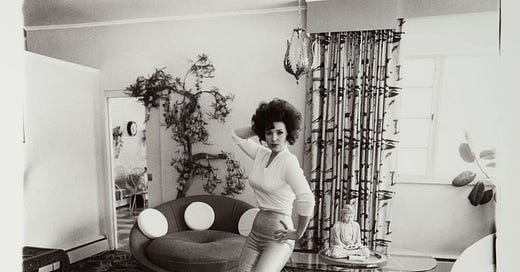Diane Arbus' Risk-Taking Behavior Resulted In A Legacy of Outstanding Photographs ... Was It Motivated By Depression?
How did mental health symptoms impact the choices that Arbus made in regards to her subjects and the locations she visited to photograph them?
This is an edited excerpt of an early version of the chapter on Diane Arbus in my book The Artist’s Mind. The book itself, obviously, has the final version, which expands upon Arbus’s work but doesn’t include some of the specifics of mental health and sexuality that I’ve shared here today.

Diane Arbus, born on March 14, 1923, left an indelible mark on the world of photography with her striking portraits of individuals often considered on the fringes of society. She photographed a broad spectrum of people, from the so-called circus “freaks” (‘Siamese twins,’ giants, little people) to those who simply didn’t fit into society’s norms of the time (the LGBTQAI+ community, nudists). The mark she made on the art world wasn’t only in her choice of subject but her more broad willingness to challenge convention, paving the way for countless artists who came after her, including Nan Goldin and Robert Mapplethorpe.
Beyond her artistic achievements, Arbus’s life and struggles with mental health offer a lens through which we can examine the intricate relationship between creativity, identity, and mental wellbeing. Arbus’s photography, characterized by its raw intimacy and unflinching gaze, challenges conventional notions of beauty and “normalcy.” At the heart of Arbus’s artistry lies a profound exploration of the self. Raised in a privileged environment plagued by early experiences of depression, she grappled throughout her lifetime with feelings of alienation and a longing for connection. Her photographs, often depicting moments of vulnerability and introspection, serve as a mirror reflecting her own inner turmoil.




